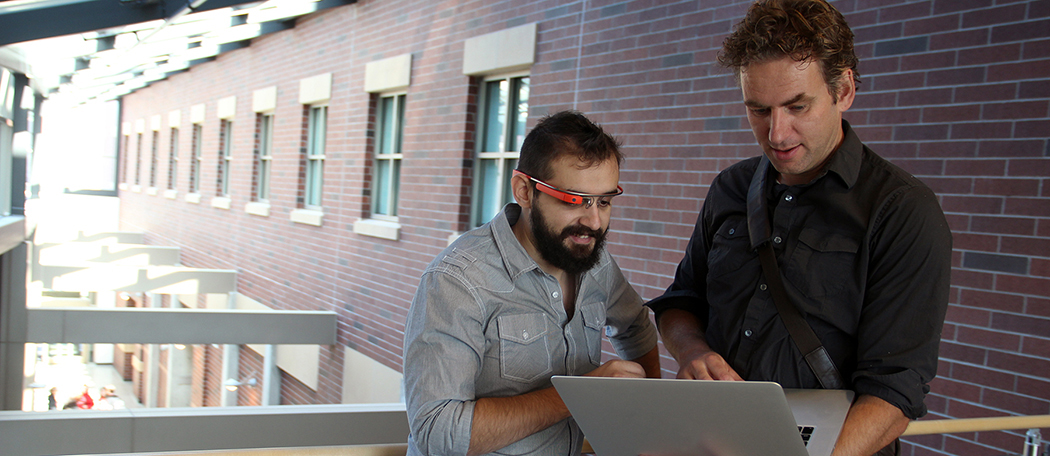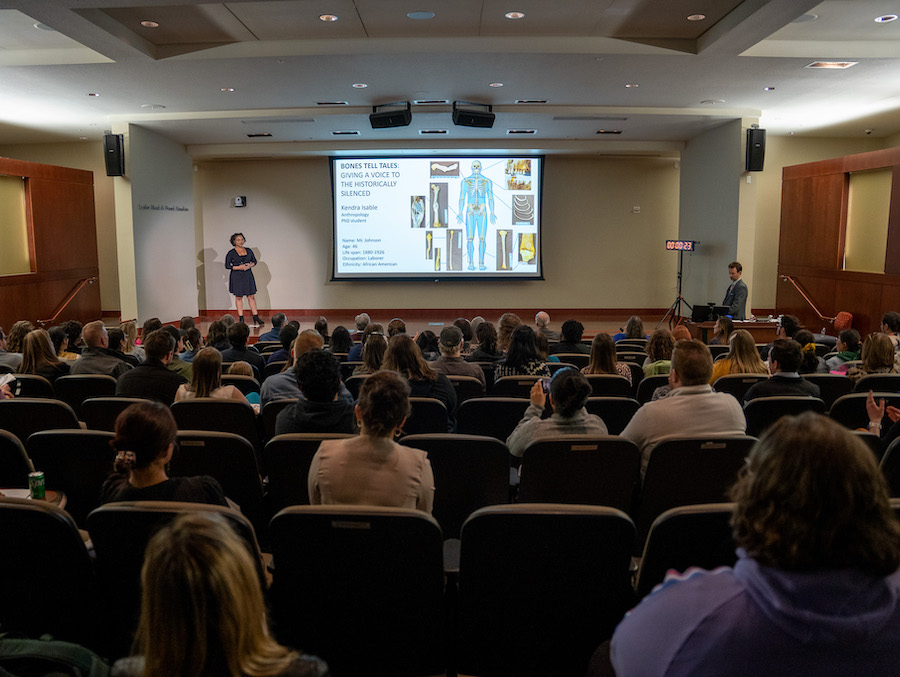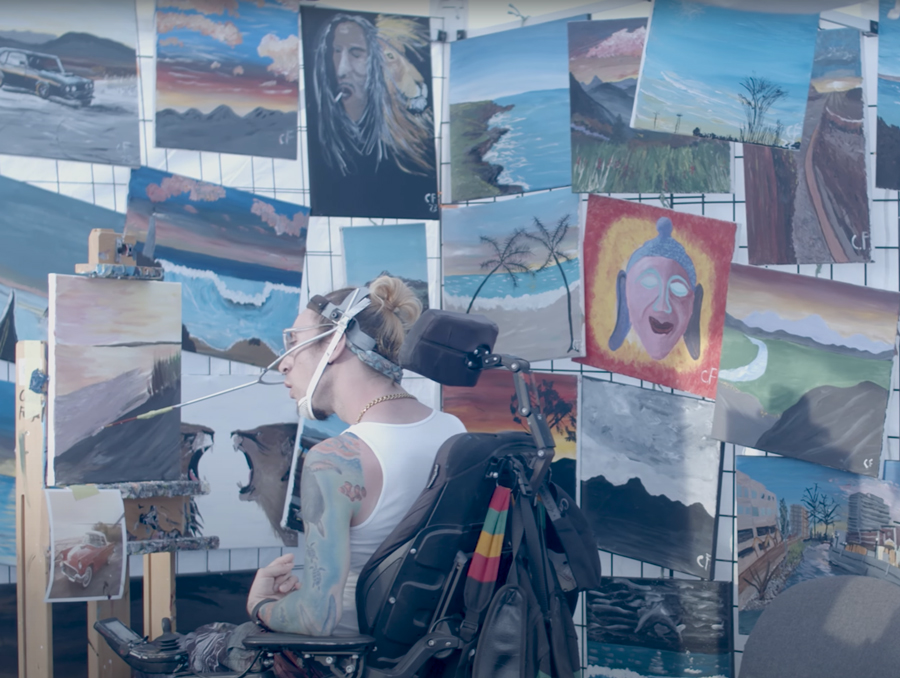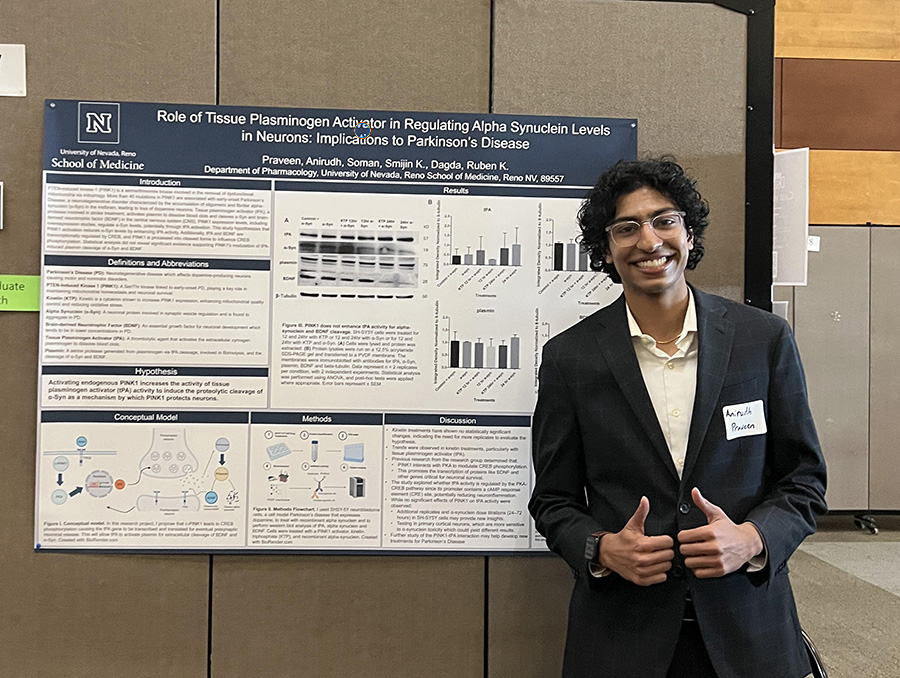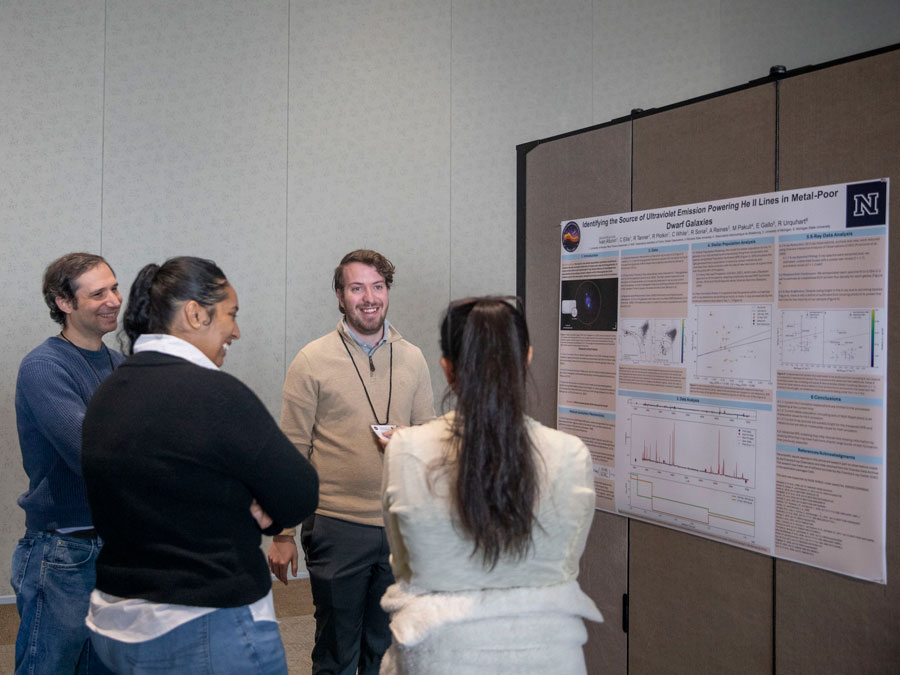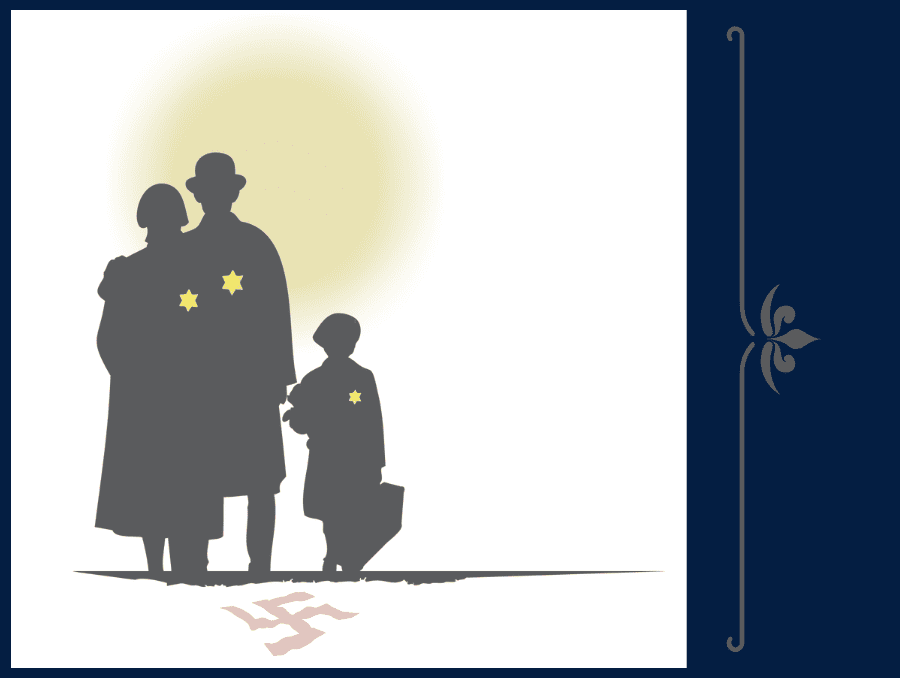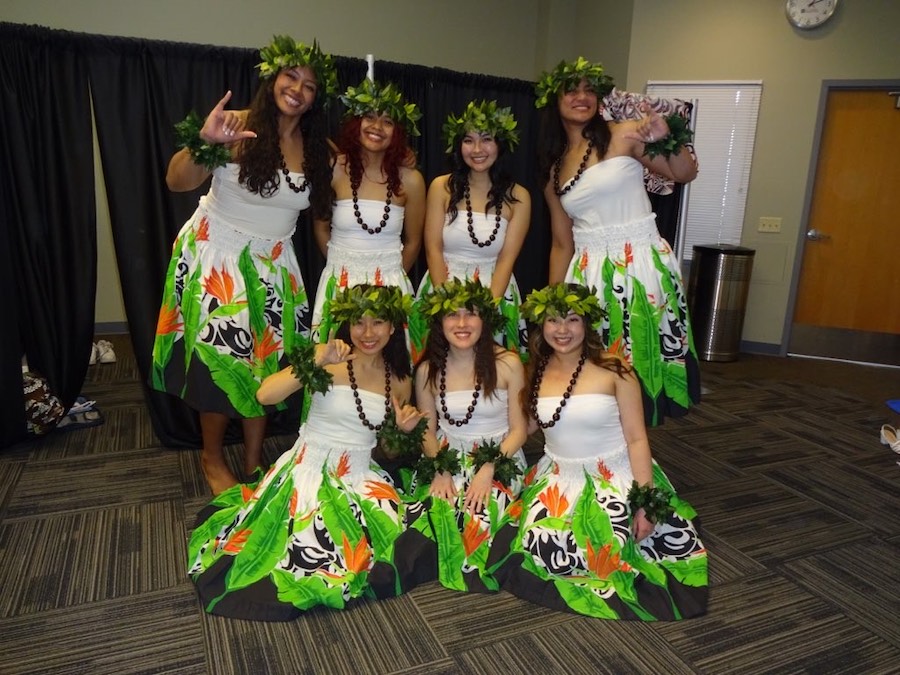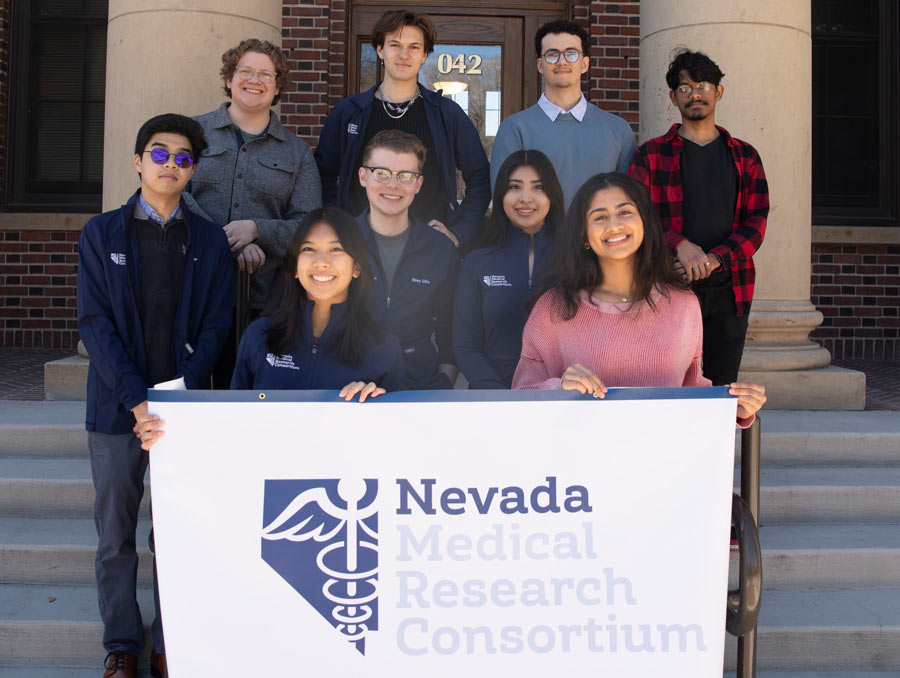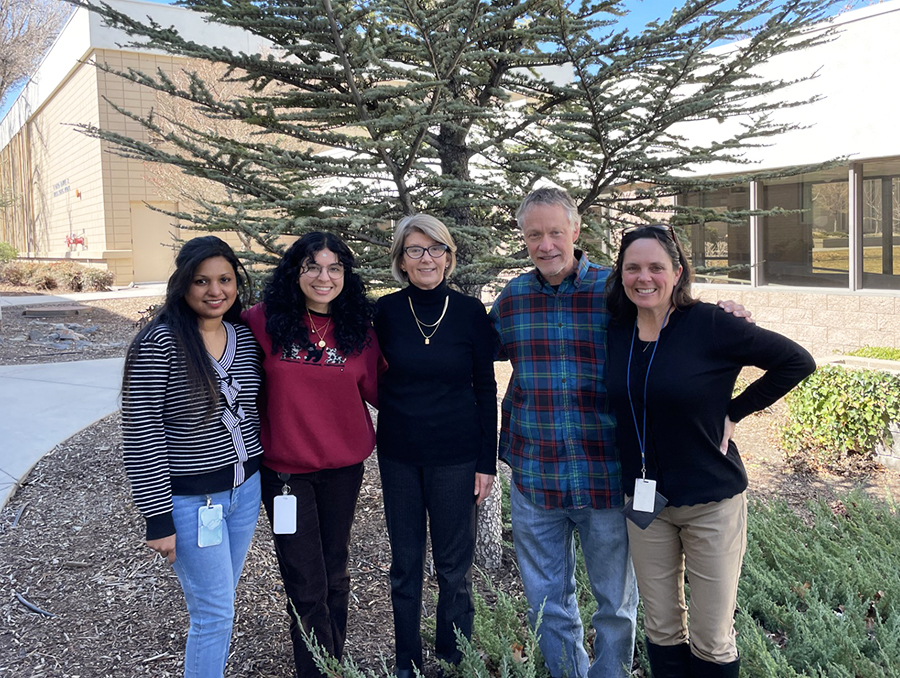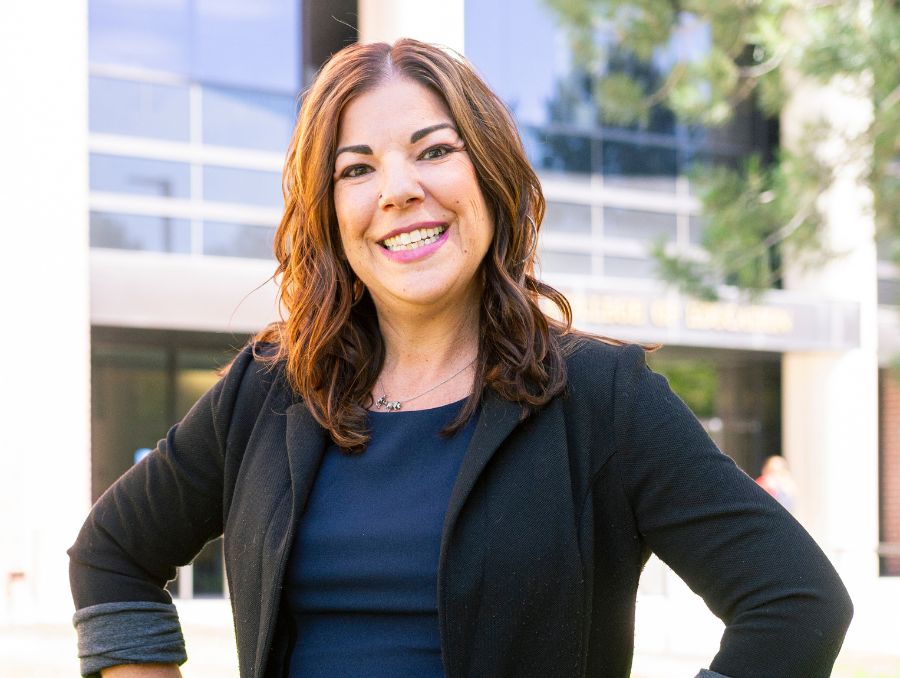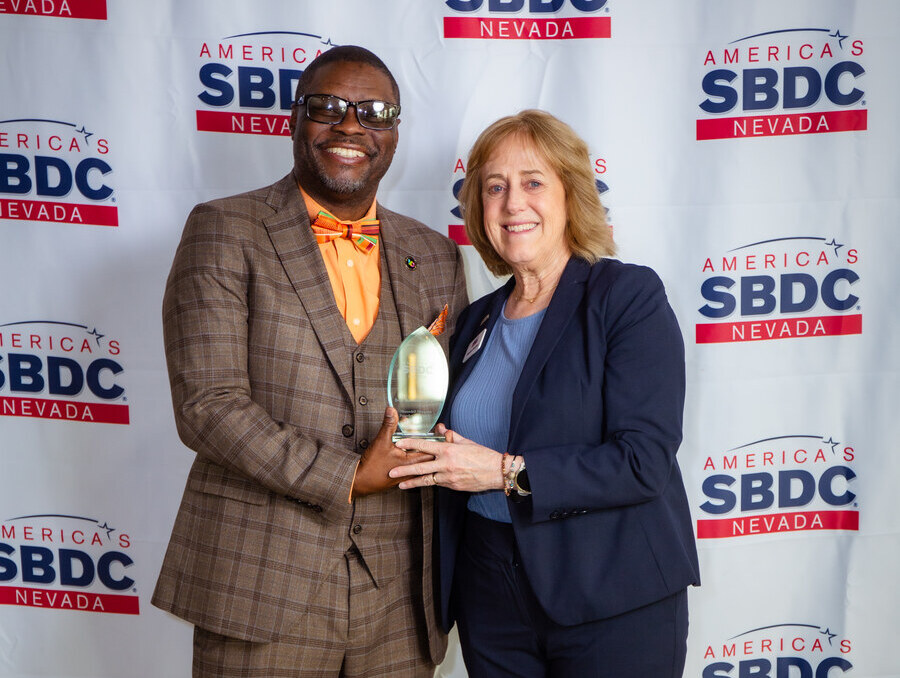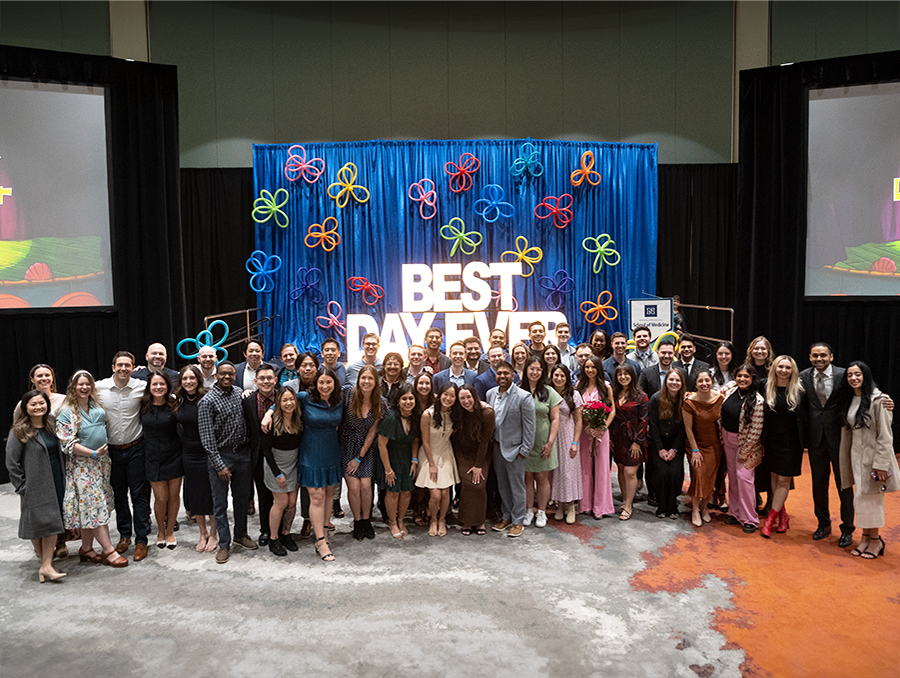Helping blind and visually-impaired people navigate their world has been a passion for Eelke Folmer. Guide dogs and canes are important and valuable tools, but he takes a different perspective: he takes advantage of smartphone technology and other computer systems to make navigation easier.
Folmer lets his imagination steer his innovation, whether it is to use a smart phone to guide blind people inside buildings using GIS maps, adapting gaming hardware to give blind children access to video games, or his latest project researching how to let drones guide blind runners so they can run independently on a track.
The tall, lanky professor stoops slightly as he wheels his bike through the doorway to his office. His office is simple, neat and orderly. Just across the hallway is his lab space, where he does the real work. There is just a little bit of disarray of equipment, game consoles, drones, Kinect sensors, smart watches and prototype technologies he is developing with the help of his graduate students.
He settles into his chair and opens his laptop.
"This is such an interesting era, as we have so many new technologies to use, adapt and invent to enhance low-tech tools, such as a cane that blind and visually-impaired people have been using for decades," Folmer said. "Smartphone and wearables are filled with sensors, such as cameras, microphones and accelerometers. When combined we can create new types of functionality that exceed the sum of their parts.
"Wrap a smart watch with a camera around a smartphone and now you have two cameras facing the same direction and you can perform depth sensing using stereovision. Depth information is something sighted people take for granted, but is incredibly useful for blind people whose sensing range is limited by the length of their cane. We continue to explore the use of wearables for developing assistive technology by combining them in novel ways."
It is just this style of imaginative thinking that has made him stand-out and for others to take notice - people like the members of the Board of Regents of the Nevada System of Higher Education. The board just named Folmer, an associate professor in the College of Engineering, as the University of Nevada, Reno recipient of the 2015 Regents' Rising Researcher Award.
This award, established in 2008, is given to one faculty member at each Nevada research institution in recognition of early-career accomplishments and potential for future advancement and recognition in research. "It's quite an honor to receive the award as we have many great researchers here at the University" Folmer said in his usual modest manner.
"I am very excited Eelke has been selected to receive the Rising Researcher Award this year," George Bebis, chair of the Computer Science and Engineering Department, said. "He has brought national and international prestige to the University by being a high achiever, innovative and entrepreneurial."
Folmer has several notable accomplishments in his career, including prestigious awards from Google and Microsoft. He has also published his work in top peer-reviewed conferences and journals in his field, and recently finished a sabbatical visit at Google Research (fewer than 25 researchers get invited every year).
"Through strong initiative, imagination and leadership, he has built a strong and sustained research program in the area of human-computer interaction with emphasis on assistive technologies for users who are blind," Bebis said. "His research accomplishments have been truly interdisciplinary and transformative."
Folmer runs the Human+ laboratory where the goal of his research team is to focus on "designing, building, and evaluating technology to address high-impact social problems pertaining to assistive technology, accessibility, health and well-being."
Folmer said it's difficult to compete for the marquee big-money grants against large institutions such as MIT or Stanford.
"Here at the University, our "sweet spot" is applying to federal grants up to half a million, where UNR is in an excellent shape to be competitive with its peers as long as you pursue ideas different from the mainstream," he said. "Incorporating the "gaming spirit" that is central to Nevada, I tend to go for the "moonshot projects", which have a low chance of being successful but if they succeed could completely transform the research field."
Pursuing moonshot research like Folmer's recent National Science Foundation project to get blind athletes to run independently by following a quadcopter has the benefit that this is so far off the radar that he isn't competing for funding with elite institutions.
"Federal agencies like the NSF or companies like Google fund high risk-high reward projects," he said. "As UNR faculty there is a lot of freedom to take big risks and you don't have to worry about reputation, something that is not always possible at bigger schools that have large research groups pursuing narrow mainstream research agendas."
He said that, "99.9 percent of the academic research projects never leave the lab. More importantly than research dollars and publications is making a real difference in people's lives."
For one NSF project, Folmer explored the use of non-visual exergames to create new exercise opportunities for blind children who have higher levels of obesity, as they have fewer opportunities to exercise. Folmer's lab developed a number of games (www.vifit.org) and released the developed games for free.
The games were downloaded more than 20,000 times and are currently used at several schools for the blind all over the world.
"Feedback from parents and blind children was overwhelmingly positive and that kind of real-world impact is more rewarding than getting your paper on this project published at a top venue," Folmer said.
Folmer has received numerous grants over the years, including four grants from the National Science Foundation totaling more than $1 million. His research received a funding boost last summer with a $150,000 grant from Reader's Digest Partner's for Sight Foundation. He also recently won a prestigious Google Faculty Research award of $40,000 to support his research on how wearable computing can help blind people navigate in indoor environments. His research project using drones to safely lead blind runners down the trail is funded partly with $72,000 from the National Science Foundation under the Division of Information & Intelligent Systems.
He has received several awards, including: the Nevada Federation of the Blind: Friend of the Blind Award in 2012 for his research on assistive technologies for blind people; the People for the Ethical Treatment of Animals Proggy Award in 2012 for his research on using smartphone technology to help blind people navigate on their own; and the University of Nevada, Reno Junior Faculty Award in 2007. He was also a finalist for the DaVinci Award in 2010 for his research on how video exercise games can be accessible to users with visual impairments.
He has had 14 graduate students, four of them earning doctoral degrees and 10 earning master's degrees. All have gone on to great careers at places such as Google, H/P, Apple and Microsoft. Folmer has one academic "child," Tony Morelli, who is an assistant professor at the University of Central Michigan.
Four of his students, two having just earned their degrees, competed in the 2015 Sontag Entrepreneurship Award Competition. He mentored the team, Navatar, which won $5,000 and second place for their business plan, a low-cost indoor navigation system application for blind students, an evolution of Folmer's Navatar project started in 2011 with his team of students. The Sontag Competition team included computer science graduate students Ilias Apostolopoulos, Antonios Zarafonitis, Jordan Blocher and Rohit Patil.
Folmer, a native of the Netherlands, received his doctorate in computer science from the University of Groningen, The Netherlands, in 2005 and his master's degree from Groningen in 2001. He was a postdoctoral Fellow at the University of Alberta, Edmonton before joining the University of Nevada, Reno in 2006. Last year he was a visiting scientist at Google Research. With his international mindset and love of innovation, he loves his home here in Reno, as he tells in a video as part of the Biggest Little City project, seen here: https://www.youtube.com/watch?v=EIjDfWimF80&feature=youtu.be.
While his curriculum vitae shows many projects and awards, it doesn't quite capture his energy and enthusiasm for his work, which permeates the room.
He leaned back in his high-backed chair as he thought out loud about a new idea that would use the camera feed from a smartphone on a selfie stick to a smartwatch to allow a wheelchair user to look under a couch, and then jumped back to talking about the potential for aerial robots to one day replace a guide dog and then to how it is that he creates success in his work.
"One criticism of assistive technology is that it is often prohibitively expensive," he said. "It is my goal to change that. Our exergames were downloaded 20,000 times because it only needed a $15 game controller. My background in software engineering allows me to take a very pragmatic approach towards developing assistive technology at a very low cost. It is challenging to find solutions within these design constraints, but so far I'm having a good run and a great time doing this kind of research."
